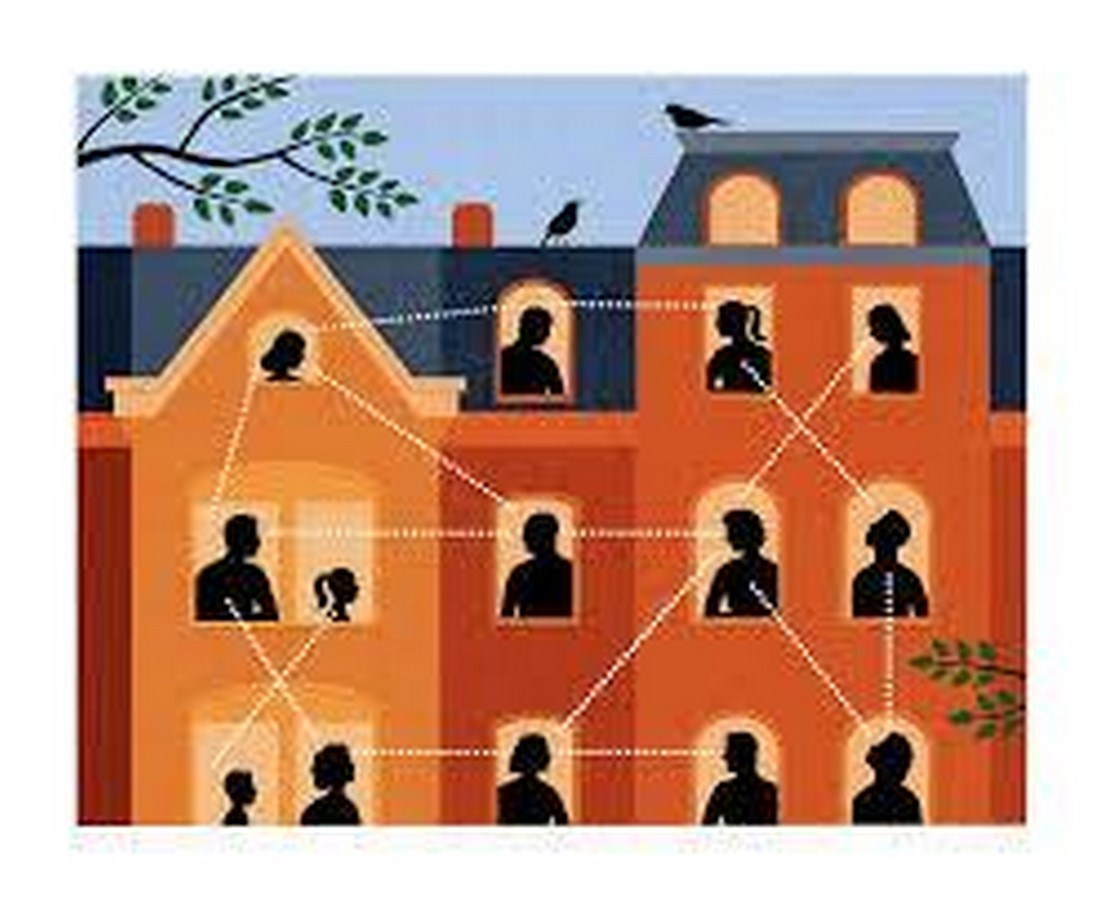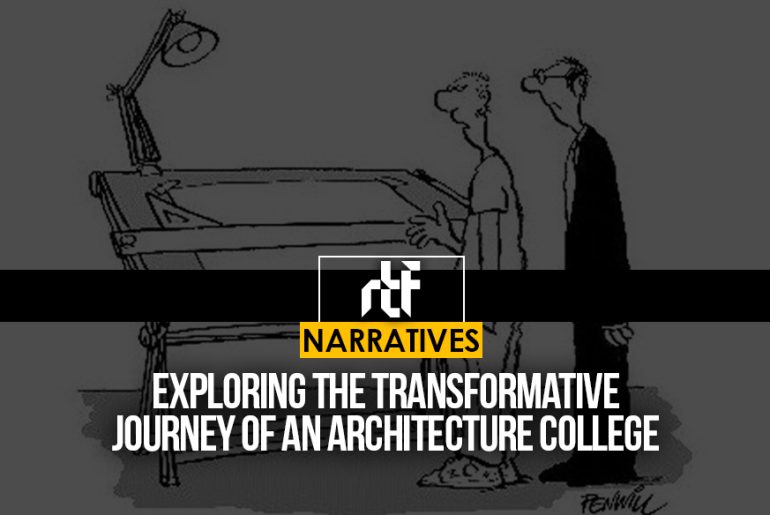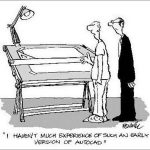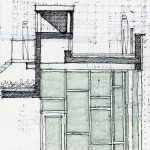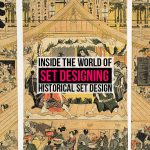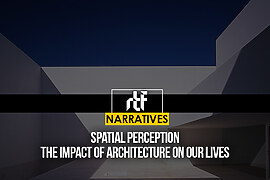Thomas Chandler Haliburton rightly said, “A college education shows a man how little other people know”. College is a pivotal stepping stone in an individual’s journey that can make or break one’s future. While there are a few conspicuous figures in the architectural domain that did not receive any formal education still their work is widely celebrated throughout the world, there are some skills that one can acquire with during the course of college.
My Prejudice
While I was sown deeply in my dawm regarding the conception of an architectural college, my chimera burst into a thousand pieces the minute I stepped into the college. I believed that all one needed to become a good architect is a little bit of creativity, a small portion of a Promethean approach, lots of courage to handle criticism throughout each studio with a dash of time management, but I was taken aback as and when I kept on discovering these chops.

The Necessities
At prima facia, I realized that sketching was a vital tool when it came to communicating my ideas. Along with the development of this skill, I gave life to my concepts. Well-drawn sketches acted as a messenger in conveying my thought process. One of the very first skills that I had been introduced to which had to be carried out with utmost precision and meticulousness was hand-drafting. While drafted sheets consisted of all the constructional nitty-gritty, it was not that late when I reached the conclusion that drafting was the backbone of this discipline. On one hand, where I was gaining knowledge to make my drawings technically sound, on the other hand, I dived into the subject of ‘workshop’ teaching the art of converting mere two-dimensional plans and elevations to actual, real-life models where I could see, touch and feel my creations.
Later on, after getting our backs hunched and hands swollen, then came the time to give a little strain to our eyes. As time progressed, we were made familiar with various software applications such as AutoCAD, Sketchup, Revit, and Photoshop to name a few, which helped immensely in bridging the gap between the intangible and tangible. It helped in visualizing the space and its surroundings holistically.
Before constructing anything or formulating any concept, it is important to study the site along with its neighbouring space. Performing site analysis and thoroughly reading the context of the environment was a skill inculcated in me right through the beginning of the course. Apart from these aspects, always looking out for building codes and bylaws gradually became more of a habit than a skill.
For a study to be candidly beneficial, one can either spread its roots deeper or wider. In the case of this field, as one acquires more knowledge, he can turn the tables in any which way he wants. Time and again, architecture kept on providing opportunities that helped in enhancing my skills in all directions. Architectural writing and communication were two such principles that intrigued me. While these were two of the closest interrelated skills, they had their nuances. It is said that, “The pen is mightier than the sword” but not often remembered. Frequently disregarded by most of the folks, this art of writing aided me in expressing myself to people in a way sketches and drawings could not. While the man is a social animal, communication, on the contrary, is more of an essential than a skill; a prerequisite which is cardinal for most of us architecture students when it came to explaining our idea to the masses. Though two of these instruments are undervalued as they are non-technical, they at times turned out to be a silver lining to my work.
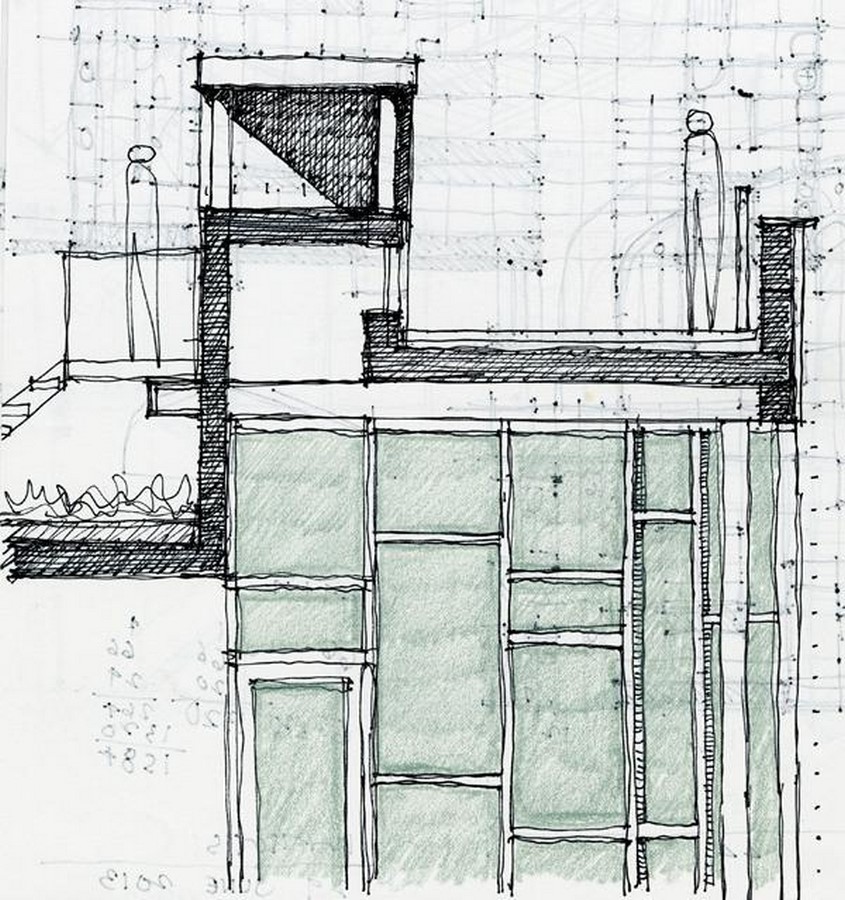
Values that stuck with me
Along with these technical values, there were some things that I learnt as time passed. The study of Architecture extensively depends on time. Procrastination is one aspect that I quickly let go of when it came to submissions of any kind. There is a thin line between sympathy and empathy. This field helped me in drawing that line and also aided me in becoming empathetic towards others and their problems. The problem-solving outlook was something that we were not always born with. Throughout the course of this discipline, the innovative skill was encouraged and developed.
Design can be subjective. It means that, while the problem remains the same, the solutions might vary from person to person. Hence, I learnt to accept all possible solutions while sticking to my original idea. Thus one can see how my preconceptions about architecture kept on changing time and again, and at last, I learnt about a few skills whose existence was unknown to me, whereas I got a chance to enhance some skills in which I always had an upper hand in. I know that these are not the last skills that I will ever get acquainted with in the world, but the fact that there are many more to be included in the list keeps on inspiring me everyday.
